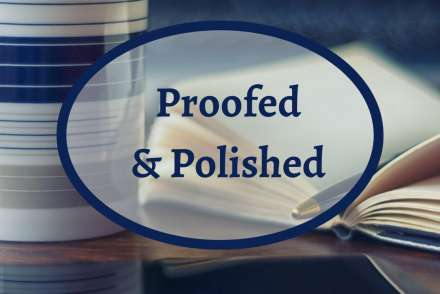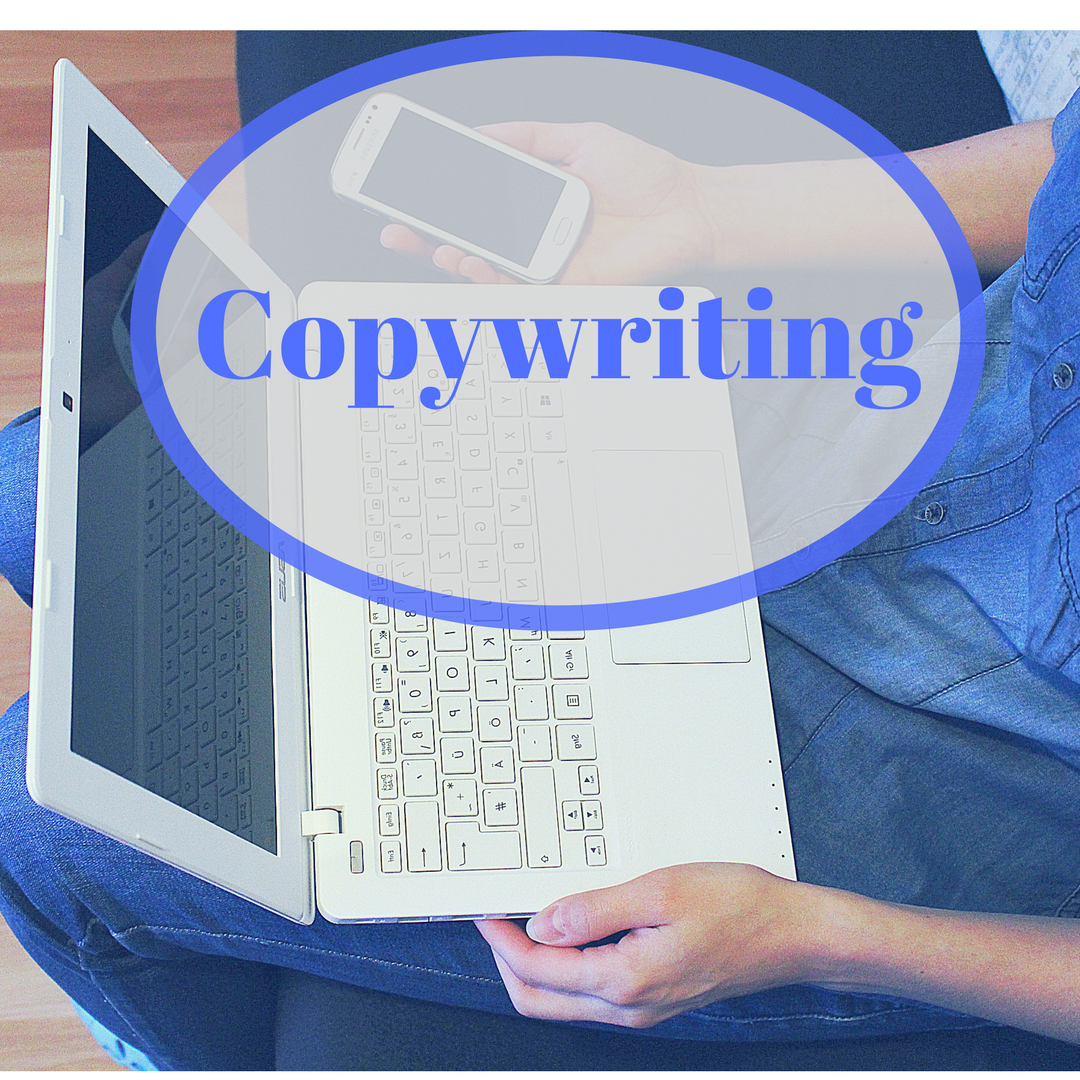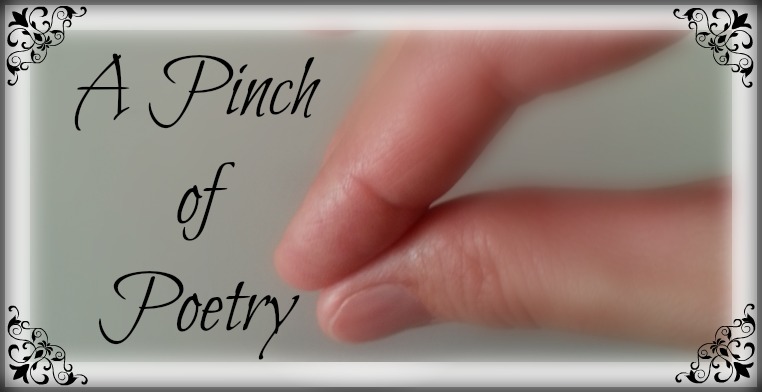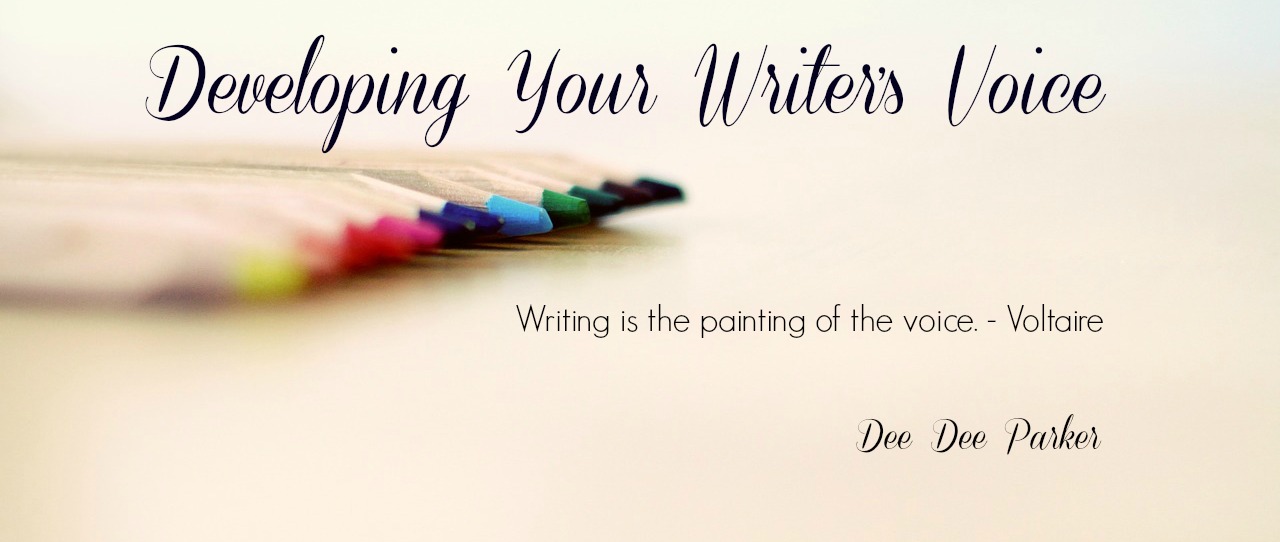
Writers Chat Recap for January
Writers Chat, hosted by Johnnie Alexander, Brandy Brow, and Melissa Stroh, is the show where we talk about all…
January 31, 2025
Writers Chat, hosted by Johnnie Alexander, Brandy Brow, and Melissa Stroh, is the show where we talk about all…
January 31, 2025
Writers Chat, hosted by Jean Wise, Johnnie Alexander, and Brandy Brow, is the show where we talk about all…
January 18, 2023
Living in the high-tech age means storing all your best moments on devices. Although technological progress promotes photos to…
September 13, 2022
Writers Chat, hosted by Jean Wise, Johnnie Alexander, and Brandy Brow, is the show where we talk about all…
May 31, 2022
Before you send off your precious manuscript to your editor, you probably want to make sure that it’s as…
July 10, 2021
As we look ahead to a new year and a new opportunity to write and learn, I wanted to…
December 16, 2020
Technology today offers a wide selection of resources for writers in the form of YouTube instructional videos, simulcasts, zoom…
June 17, 2020
We all know how important Amazon when it comes to selling our books. Perhaps we don’t know just how…
February 10, 2019
Normally, when you search for a definition, you are looking for a way to narrow a term or concept.…
October 27, 2018
Many writers are introverts and don’t prefer to talk a lot. Some writers are extroverts and love to talk.…
June 22, 2018
As I mentioned in my last post, Understanding Early Readers, there are several markets for books for emerging readers.…
June 21, 2018
Today we are going to look at another short form of Japanese poetry known as tanka. The short form…
August 31, 2016
We’re going to explore a very short Japanese form of poetry known as haiku. This type of poem reflects a simpler…
July 15, 2016
Are you interested in trying to write poetry for the first time? Or maybe you’ve been writing poetry but…
June 5, 2016
“I write only because there is a voice within me that will not be still.” –Sylvia Plath Are there…
February 14, 2016